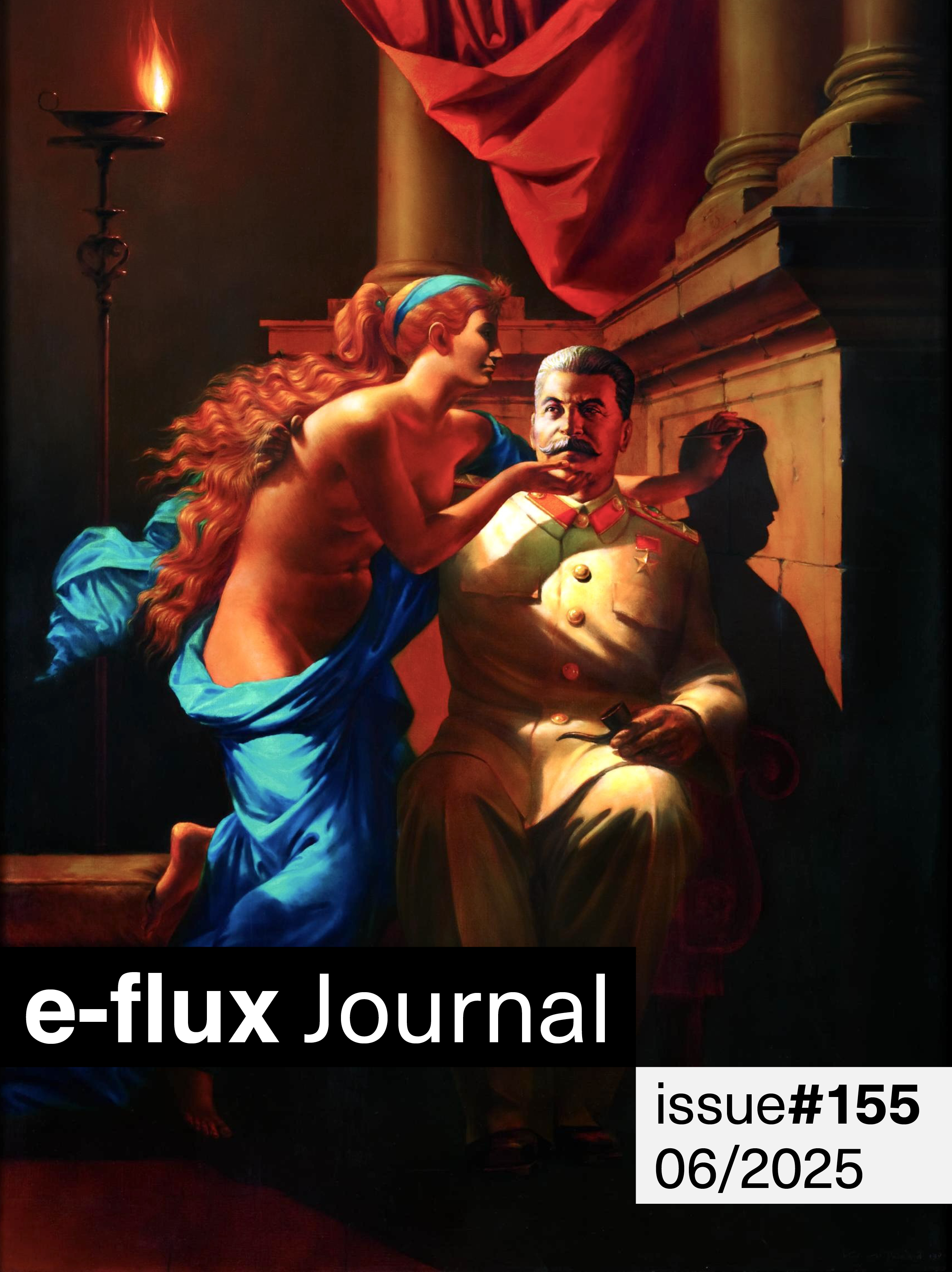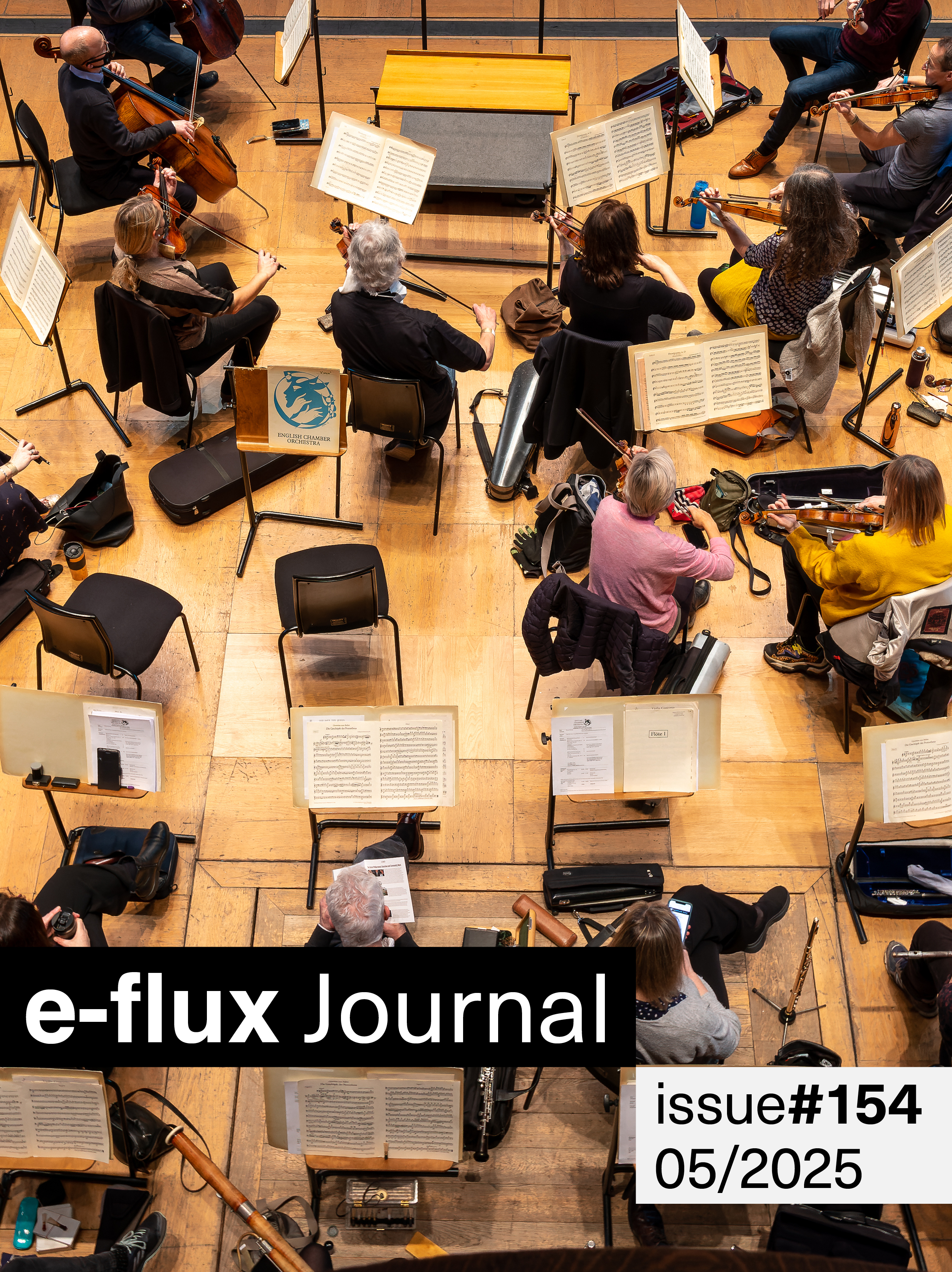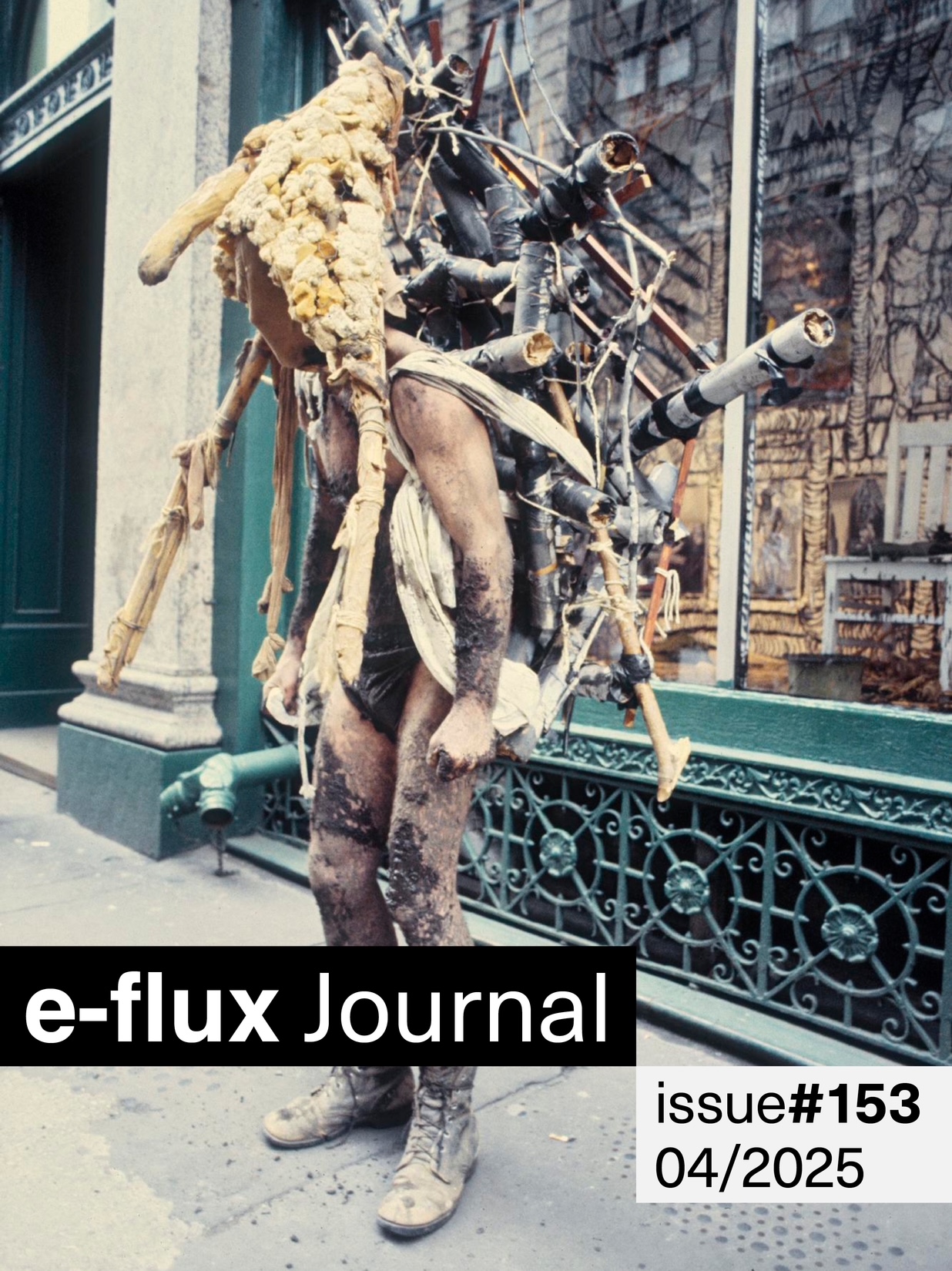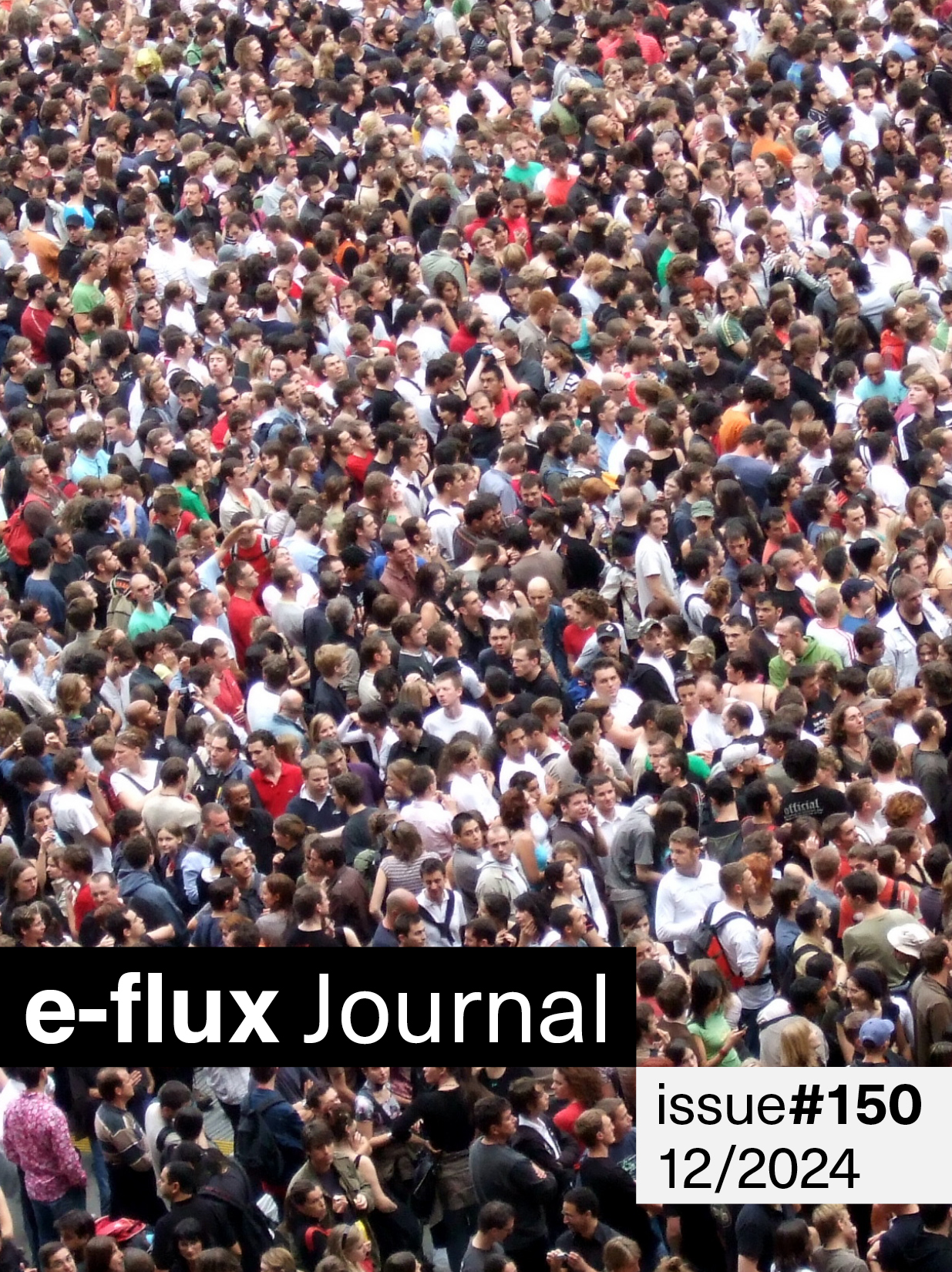Dear friends,
Well, hello again. To put it mildly, a great deal has happened since we last sent a collection of e-flux journal readers, towards the end of May. Especially since then, you have kept your eyes wide open, and so have we. The eyes in Sumerian sculptures like the ones pictured above were chiseled open so large in order to signify wisdom and knowledge, which basically means that the Sumerians equated seeing with the prized quality of knowing. As the summer continues to unfold with new ways of seeing and knowing and to heat up in a multitude of ways, we are pleased to send you six new e-flux journal readers: thematic collections of essays from across the entire history of e-flux journal grouped around topics and themes relevant to today. These new constellations of essays have been compiled by you: our readers. We are particularly glad to see a wide array of topics represented in these compilations: Home, Untimeliness, Humus, Synchronicity, Love, and Desire.
As always, we welcome your ideas and suggestions for further e-flux journal readers. The over 1,000 essays contained in 111 issues of e-flux journal can be grouped in nearly infinite ways, and are freely available online. Your suggested reader should include a one-word title, a short abstract (100 words), and links to 8–9 e-flux journal texts.
Please continue to send your suggestions to reader@e-flux.com.
Yours truly,
e-flux journal
Home
Compiled by Carlos Kong
The pandemic has radically unsettled our relationship to what we call “home.” Amid mandated lockdowns (“stay at home!”), quarantining reframes the function of familiar space and our experience of it. Homes are fully transformed into uncanny sites of precarious labor, neoliberal production and consumption, and biopolitical control—alongside the domestic’s usual bliss, monotony, and terror. In the era of “working from home,” screens become the new networked hearth; walls no longer demarcate the eroded bounds of the private and public realm.
Yet the pandemic has made painfully clear that, under current governance, “home” is far from a given right. From mass homelessness to rent strikes, racist urban planning to the fortressing of national borders, life in and after quarantining warrants us to level and rebuild anew the structures that privilege shelter, residence, and belonging for some while denying it for others. The texts in this reader elaborate artistic, architectural, and poetic propositions for reimagining: home, for whom?
Untimeliness
Compiled by Nicholas Heskes
Transformative undertakings are more often than not untimely. Yet despite this problem of always starting in the middle of things, transformation is possible, and it is regardless necessary to fight against the determinism of the moment in which one lives. But there is another sense of untimeliness: having no place in the contemporary moment—a neither/nor. Such a negative position begs an a-teleological and de-instrumentalized understanding of time and place. Each dying moment must pass into the new, and those intent on fixing the hegemony of their age forever are destined to fail.
Humus
Compiled by Helene Romakin and Vanina Saracino
“Humus,” the original component of soil, has the same root as “human.” Humans are the earthy ones; they originate from soil. Departing from non-anthropocentric thinking and taking humus as a lens for being-in-the-world, possibilities emerge for recognizing new sets of relations and new ways of make life habitable, even as unlivability spreads. Humus can inspire the cultivation of collective and collaborative responses against fierce competition and regressive individualism. With humus, humans can elaborate strategies to rebuild “a world that contains other worlds,” rather than excluding those worlds and ideas that do not align with dominant views. As Donna Haraway wrote: “We are compost, not posthuman.”
Synchronicity
Compiled by Ioannis Andronikidis
What about the atemporal remains?
What about those clinging on the other side?
The less opulent ones,
synchronous to what is left; to what is (to be) shared;
to knowledge chronically rooted.
What is there to be said?
There: where the “crisis” is ostensibly over and, yet;
revealingly,
it is not [over].
In awaiting the specificity of the temporal
(a) subject loses that which is to come
and that which unfolds in the arena of the quotidian.
Love
Compiled by Gilda Williams
Love survives, love thrives, whether in radically decentred, sensual bodies (Chus Martínez, “The Octopus in Love”); impossibly countering histories of violence (Irmgard Emmelhainz, “Decolonial Love”), or reconfiguring emotional and bodily hierarchies (Maria Lind,“Soon”). Can love be measured, quantified under capitalism (Kuan Wood, “Is it Love?”) or confined by contractual terms (Žižek, “Hegel on Marriage”)? Were slow technologies better suited to love (Lee Mackinnon, “Love Machines ... ”; Virginia Solomon, “What is Love?: Queer Subcultures and the Political Present”). It is recommended that, against all odds, you finish your Love reading with a sweet last word carrying “a high love quotient” (Arthur Jafa and Tina M. Campt, “Love is the Message ... ”)
Desire
Compiled by Rita Aktay
If desire is a two-faced machine—at once capable of producing a different world and perpetuating current forms of violence—we must aim to grasp it as clearly as possible. Indeed, the disentanglement of desire from capitalism and oppression remains the one master-key perpetually out of reach. Now, in lockdown, some desires are forced to remain unfulfilled, like consumption or contact, whilst others are amplified, like the demand for a basic income. Cognitive activity has been temporarily rid of its immediate valorization, and this gifts us that adolescent time needed to be truly honest and think collectively. In this recalibrated awareness, we should rigorously scrutinise our desires, making sure we never desire a return to normal.










